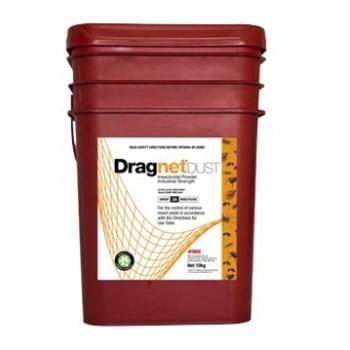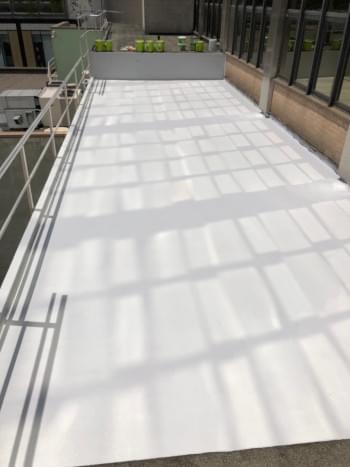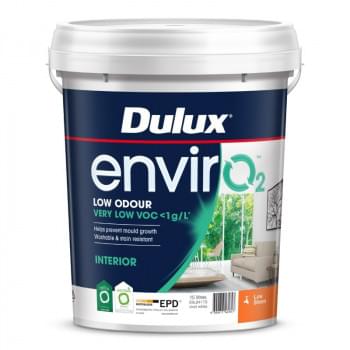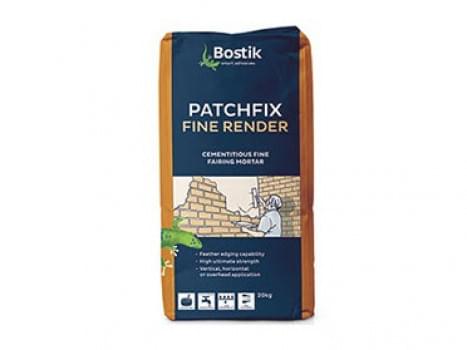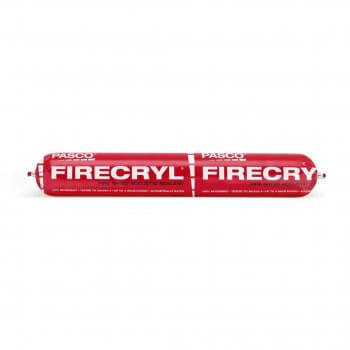-
Australia
Products in All Categories
132 Building Materials
Comprehensive Guide to Building Materials
Selecting the right building materials is a critical step in the construction process, influencing the longevity, sustainability, and overall performance of structures. This comprehensive guide explores key factors to consider when choosing building materials, providing insights into a wide range of options.
Structural Integrity:
Prioritize materials that offer strong structural integrity, ensuring stability and safety for the intended purpose.
Consider factors such as load-bearing capacity, resistance to environmental stressors, and seismic resilience.
Durability and Longevity:
Choose materials with high durability to withstand weathering, corrosion, and other environmental factors.
Evaluate the life cycle of materials to ensure long-term performance and minimal maintenance requirements.
Sustainability and Eco-Friendliness:
Embrace eco-friendly materials that minimize environmental impact.
Consider renewable resources, recycled content, and materials with low embodied energy to contribute to sustainable construction practices.
Insulation and Energy Efficiency:
Prioritize materials with excellent insulation properties to enhance energy efficiency.
Evaluate thermal conductivity, R-values, and U-values for optimal performance in different climates.
Cost-Effectiveness:
Balance initial costs with long-term benefits to determine the most cost-effective materials.
Factor in maintenance, replacement, and energy efficiency considerations to assess overall value.
Aesthetic Appeal and Design Flexibility:
Choose materials that align with the desired architectural style and design vision.
Consider options that offer design flexibility for creative and innovative construction solutions.
Resistance to Moisture and Pest Control:
Opt for materials with inherent resistance to moisture, preventing issues like mold growth and rot.
Incorporate pest-resistant materials to protect structures from termites and other pests.
Fire Resistance:
Prioritize materials with high fire resistance, especially in areas prone to wildfires or where stringent fire safety regulations apply.
Explore fire-resistant coatings and treatments for added protection.
Ease of Installation and Maintenance:
Consider materials that are easy to install, reducing construction time and costs.
Choose low-maintenance materials to minimize ongoing upkeep and repair requirements.
Local Availability and Regulations:
Check the availability of materials locally to reduce transportation-related environmental impact.
Ensure compliance with building codes and regulations governing the use of specific materials in your region.
Health and Indoor Air Quality:
Choose materials that promote indoor air quality, avoiding substances with potential health hazards.
12 Common Building Materials
Concrete:
Composition: Mixture of cement, water, and aggregates (sand, gravel, or crushed stone).
Properties: Versatile, durable, and able to withstand compressive forces.
Applications: Foundations, slabs, walls, and structural components.
Steel:
Composition: Alloy of iron and carbon, with small amounts of other elements.
Properties: High tensile strength, flexibility, and recyclability.
Applications: Framing, structural components, cladding, and reinforcement.
Wood:
Composition: Natural, organic material from the stems and branches of trees.
Properties: Renewable, aesthetically pleasing, and relatively lightweight.
Applications: Framing, flooring, siding, interior finishes, and decorative elements.
Brick:
Composition: Kiln-fired clay or concrete blocks.
Properties: Durable, fire-resistant, and energy-efficient.
Applications: Walls, facades, accents, and decorative features.
Glass:
Composition: Silica, soda ash, and limestone melt together to form glass.
Properties: Transparent, energy-efficient, and versatile.
Applications: Windows, facades, decorative elements, and interior partitions.
Masonry:
Composition: Various materials like bricks, concrete blocks, or natural stones.
Properties: Versatile, fire-resistant, and durable.
Applications: Walls, partitions, and decorative features.
Insulation Materials:
Types: Fiberglass, foam board, cellulose, and mineral wool.
Properties: Improve energy efficiency by minimizing heat transfer.
Applications: Insulation in walls, roofs, and floors for temperature control.
Metal Composite Panels:
Composition: Layers of metal, typically aluminum, and a core material.
Properties: Lightweight, durable, and weather-resistant.
Applications: Facades, cladding, roofing, and decorative features.
Asphalt:
Composition: Bitumen, a sticky, black, and highly viscous liquid.
Properties: Waterproof, flexible, and weather-resistant.
Applications: Roofing, pavement, and waterproofing.
Plastics:
Types: PVC, polyethylene, polycarbonate, and others.
Properties: Versatile, lightweight, and durable.
Applications: Pipes, insulation, roofing, and various construction components.
Cement Board:
Composition: Cementitious core reinforced with fibers.
Properties: Fire-resistant, moisture-resistant, and durable.
Applications: Backer board, siding, partitions, and wet areas.
Composite Materials:
Types: Fiber-reinforced composites, engineered wood products.
Properties: Combines the strengths of different materials for enhanced performance.
Applications: Structural components, decking, cladding, and furniture.
This guide delves into building materials, emphasizing the importance of understanding their properties and applications. Architects, builders, and homeowners can use this knowledge to create enduring, sustainable structures that contribute to a more resilient and eco-friendlier built environment. Highlighting considerations like durability, sustainability, and energy efficiency, the guide navigates the multifaceted world of building materials, empowering decision-makers to construct lasting and environmentally conscious structures.
Building Materials Categories
- Adhesives
- Balustrades & Handrails
- Bricks, Blocks & Concrete
- Building & Construction Accessories
- Car Park Solutions
- Cladding
- Façade
- Fencing
- Insulation
- Paints & Protective Coatings
- Plumbing & Drainage
- Railings
- Signage
- Solar Products
- Structural Building & Construction Products
- Waterproofing Systems
- Other Building Materials







